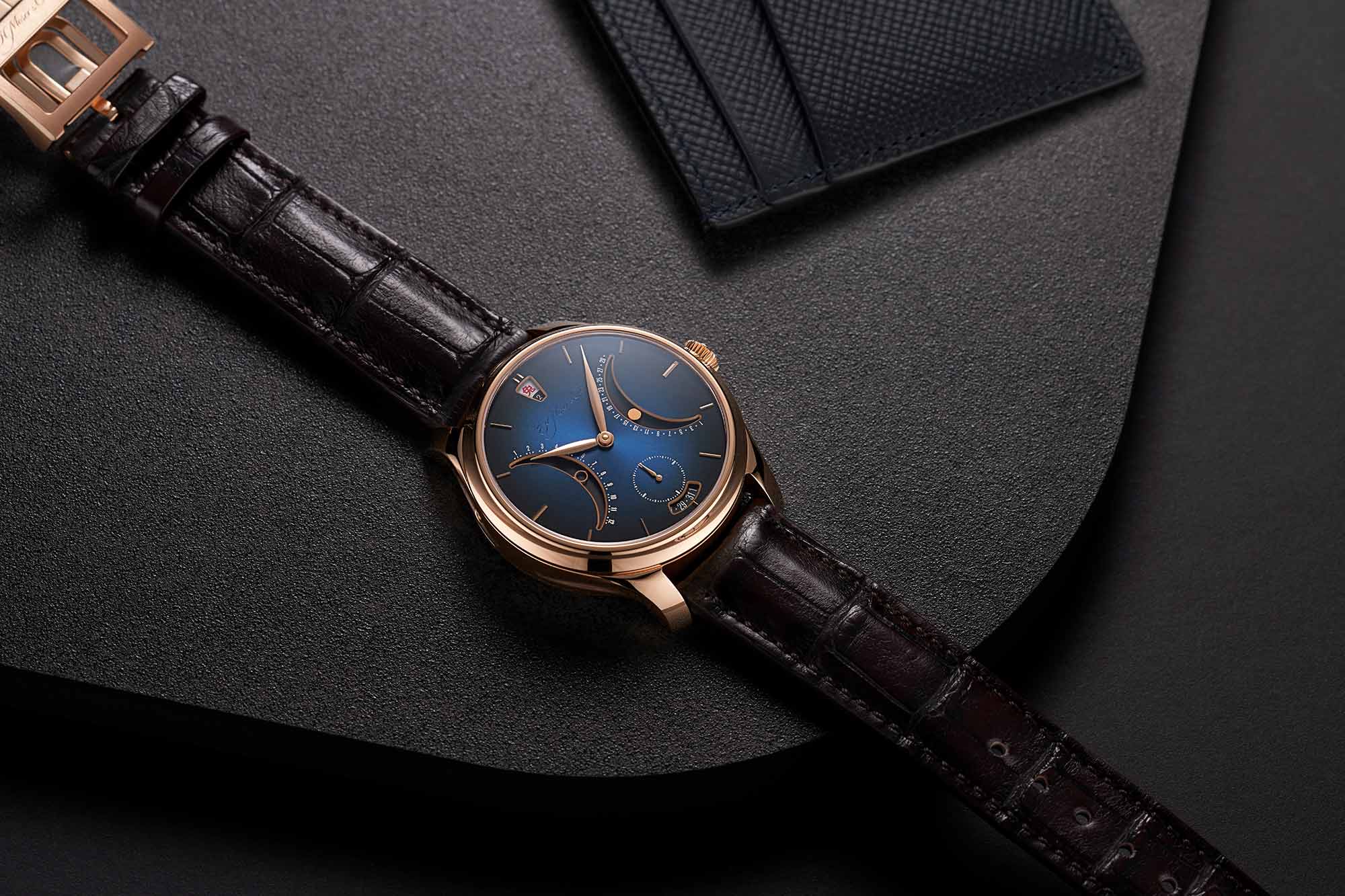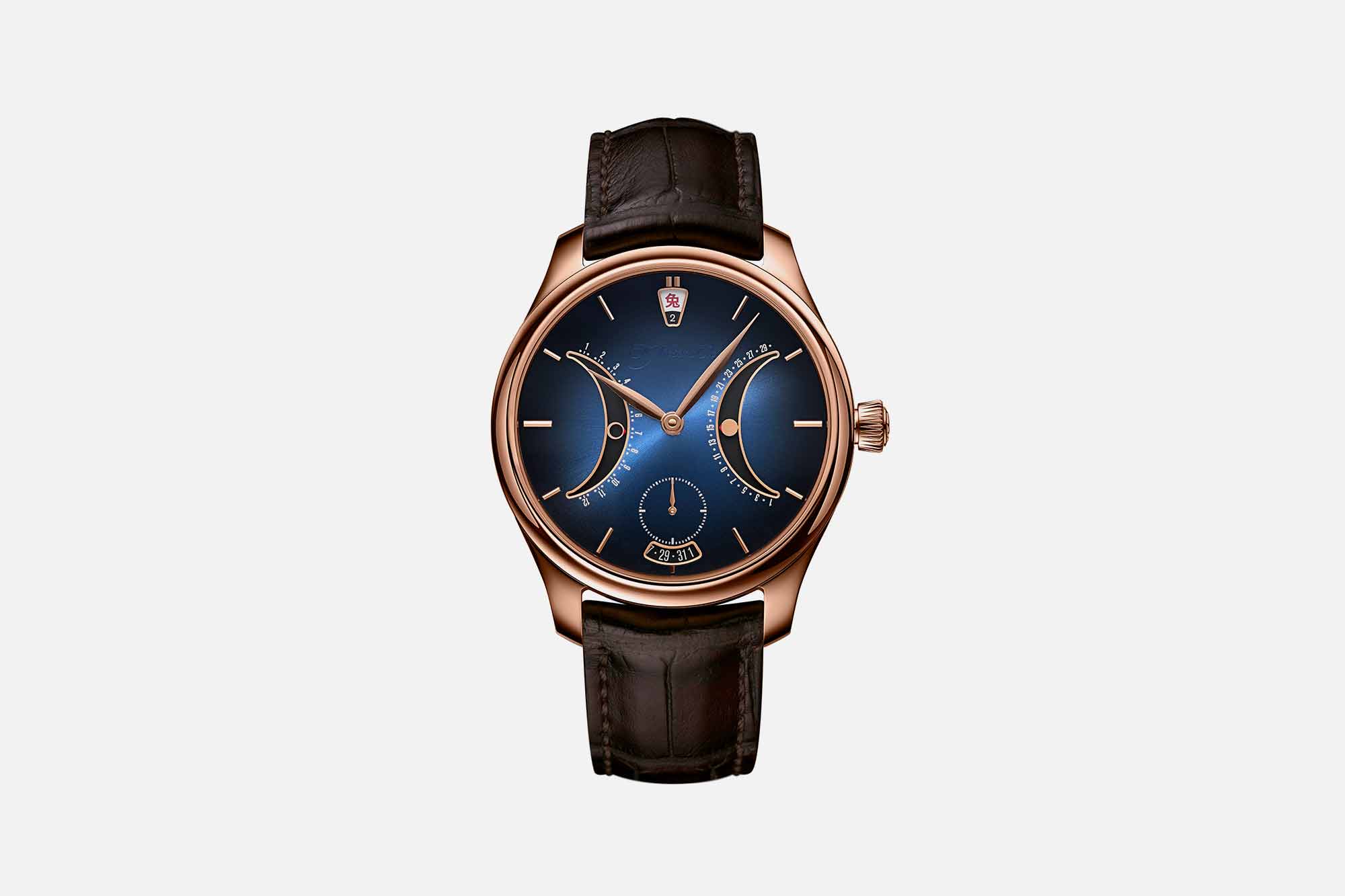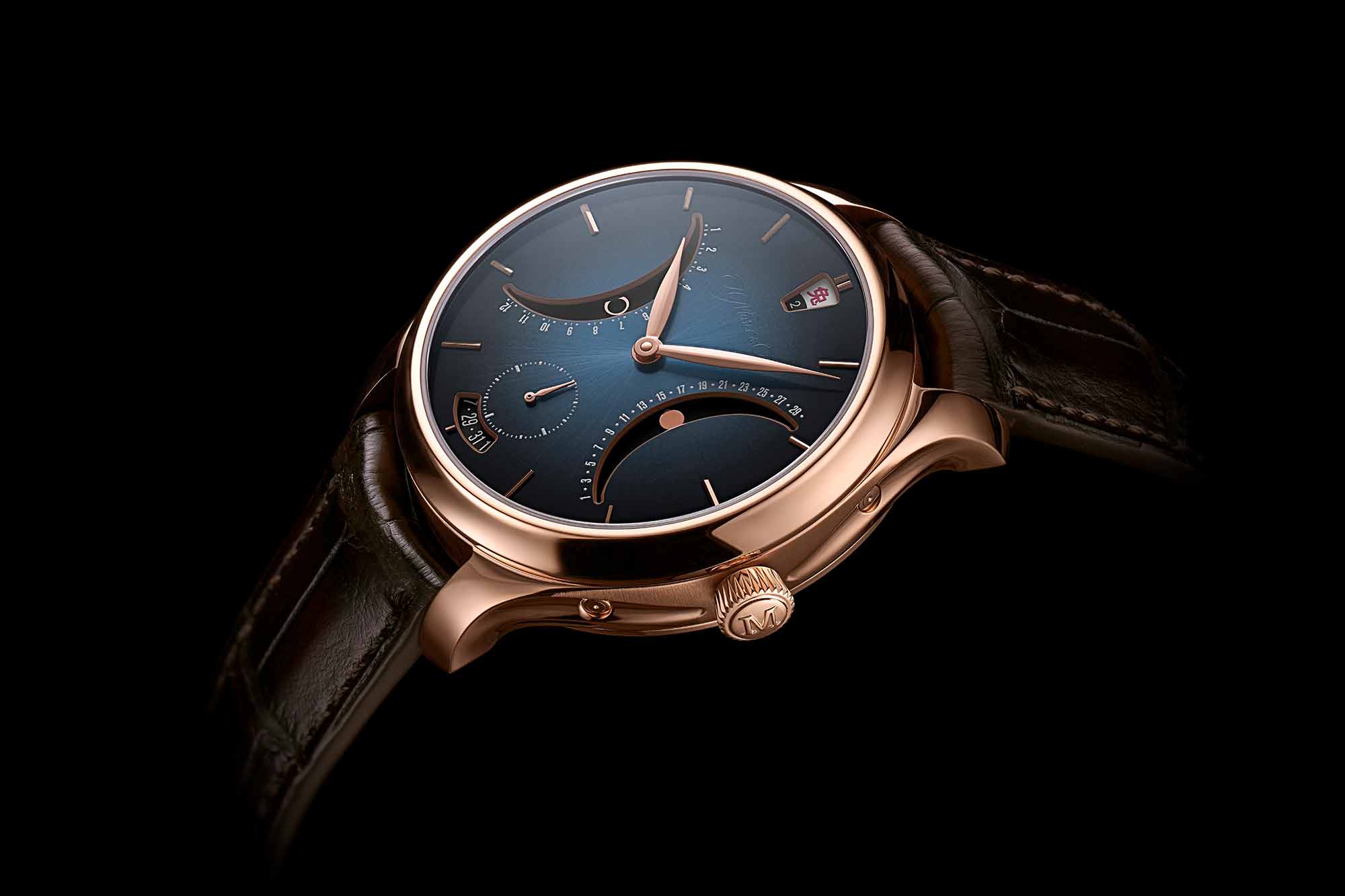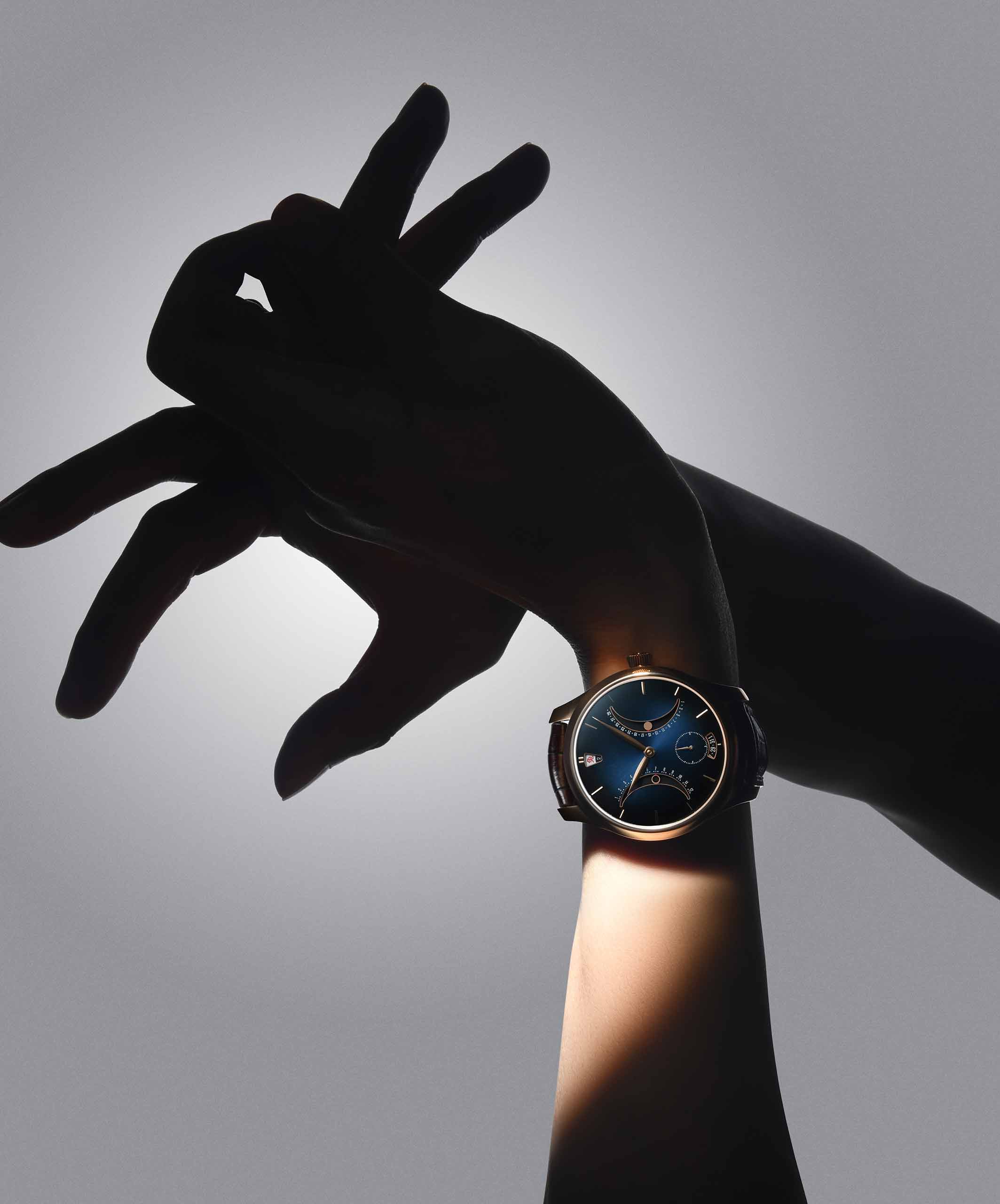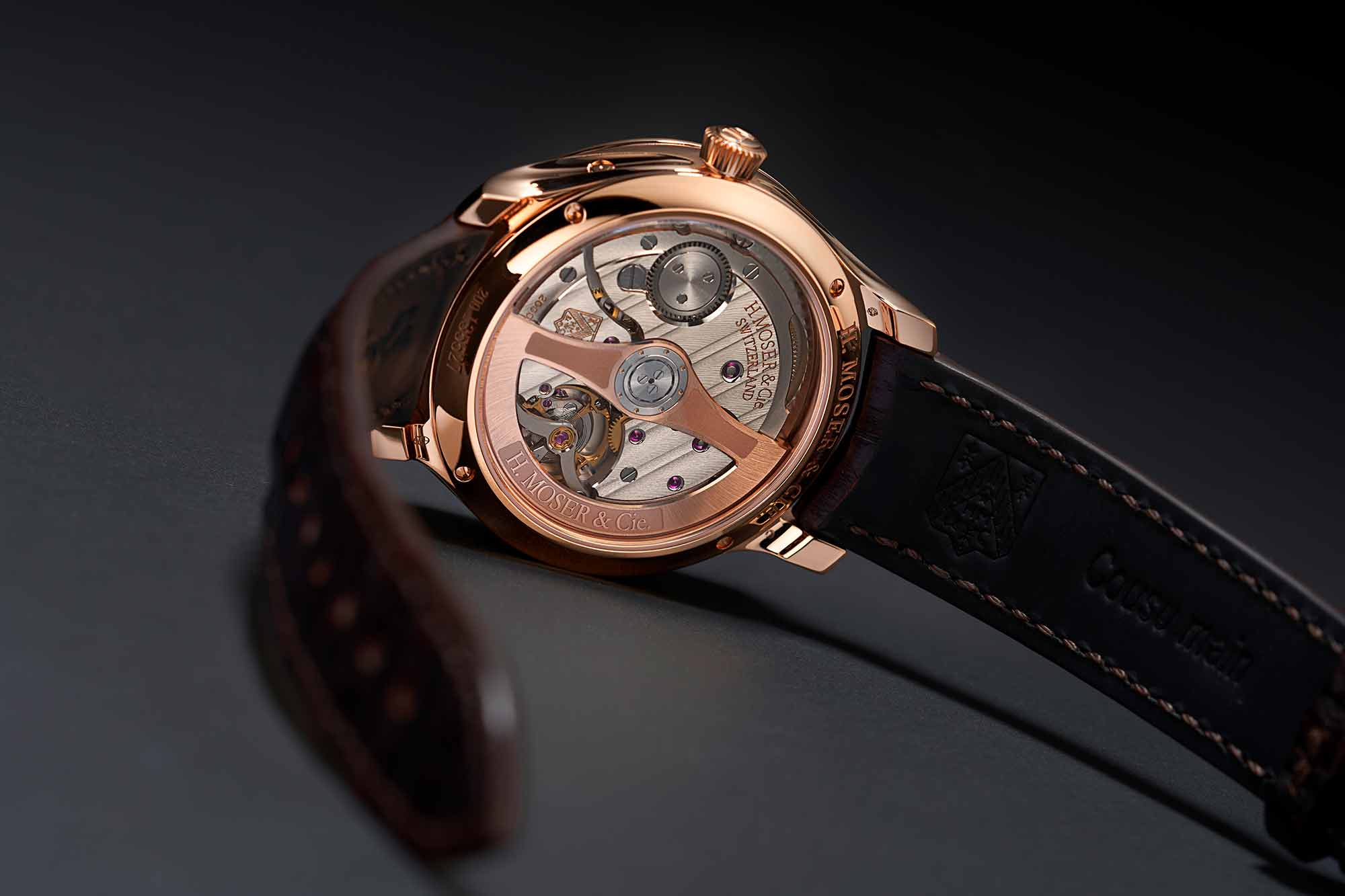Moser’s latest, in a somewhat under the radar way, is easily one of the most ingenious technical achievements in watchmaking this year. The Endeavour Chinese Calendar Limited Edition expands on the principles of simplicity behind Moser’s excellent perpetual calendar by integrating a Chinese lunisolar calendar with a display for the 12 signs of the Chinese zodiac and phases of the moon, along with a Gregorian calendar. It’s a dizzying amount of information to be combined, and is even more confounding when you consider that unlike the Gregorian calendar, the Chinese calendar doesn’t have any repeated cycles, which makes it impossible to create a true “perpetual” Chinese lunisolar calendar. The way H. Moser and their partners at Agenhor have gotten around this is impressive.
H. Moser Introduces a Highly Complex Endeavour Limited Edition Combining Chinese and Gregorian Calendars
The Chinese calendar is based on the cycles of the moon, which means that months have 29 or 30 days (it takes the moon 29.53 days to orbit the earth). A total of 12 lunar months means that a lunar year lasts approximately 354 days on average, which is about 11 days shorter than a solar year as observed by the Gregorian calendar. This is the first hurdle in combining the lunar and solar calendars into one mechanism, but it’s even more complex than that. In a calendar that only observes lunar cycles, the months need to shift to keep pace with the seasons, with each month starting around 11 days earlier in every new solar year. This means that every two to three years, a thirteenth month is added to a lunisolar calendar to keep seasons aligned. The module used here, part of the new HMC 210 caliber, tracks this extra month while also accurately displaying the passing of time on the Gregorian calendar.
This is obviously incredibly complex, and when other brands have attempted to combine lunar and solar calendars, they tend to require many adjustments to keep up with the many idiosyncrasies inherent in tracking lunar and solar time simultaneously. Moser’s approach here was to design a calendar that could go adjustment free for 12 years, at which time a Moser watchmaker can make adjustments for the next 12 year period during a regular service.
Moser’s perpetual calendar has a famously spartan display – it’s easy to not even realize you’re looking at a perpetual calendar the first time you see it. This calendar display is considerably busier, but still maintains much of the sleek and contemporary elegance that distinguishes Moser as a brand. The crescent shaped apertures on either side of the dial display the Chinese lunisolar months on the left, and the lunisolar days and moonphase on the right. The aperture at the 12:00 position shows the Chinese lunisolar year and the zodiac animal associated with it. This is also the window where the thirteen month years are indicated. The aperture at 6:00 is the Gregorian calendar indicator.
The Endeavour Chinese Calendar has a red gold case measuring 40mm in diameter and 13mm tall, with a dial in midnight blue fumé along with plenty of gold accents. It’s a limited edition of 100 pieces, and carries a retail price of CHF 68,000. H. Moser









 Featured Videos
Featured Videos




